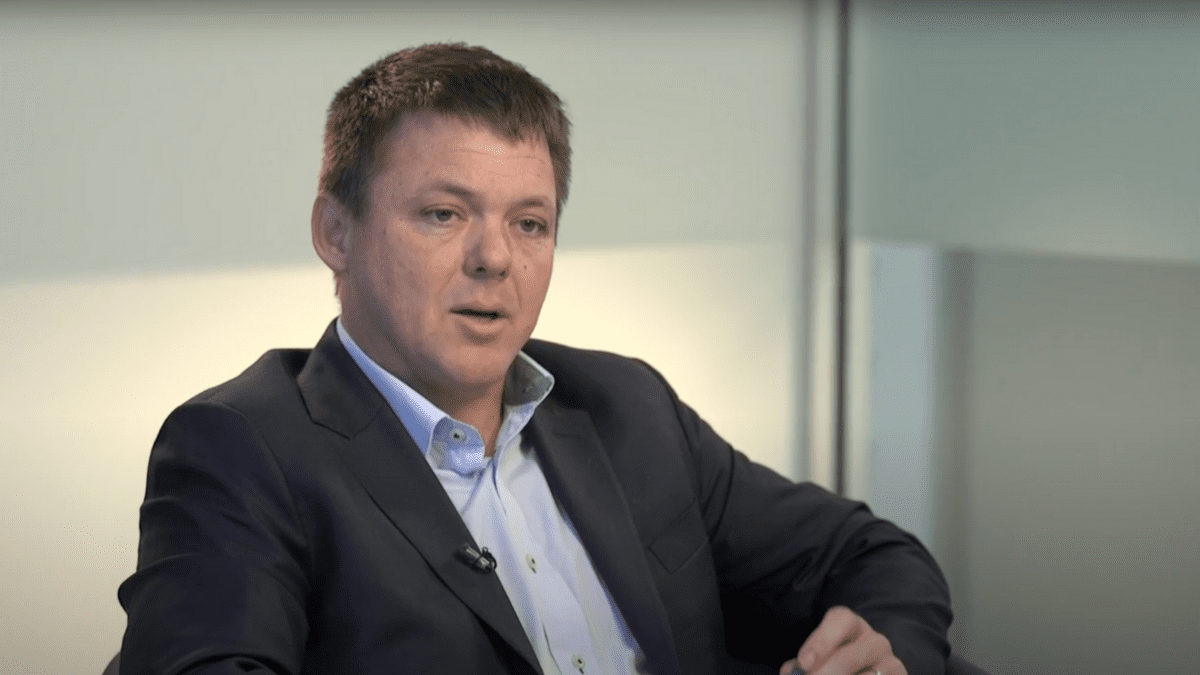Smart beta ETFs continue rise as active strategies underperform
Actively managed exchange-traded funds (ETFs) have been steadily ceding popularity to passive ETFs, including so-called smart beta approaches, with a new survey showing most financial advisers are replacing active managers with smart beta strategies as they seek diversification benefits and cost savings for clients.
More than 80 per cent of Australian financial professionals plan to maintain or increase their allocations to smart beta ETFs over the next year, according to VanEck’s eighth annual Australian Smart Beta Survey, underscoring the proliferation of and rising interest in these strategies.
Smart beta ETFs blend active and passive approaches to track an index other than the traditional market-capitalisation index for selecting shares, bonds and other assets for an investment portfolio.
“The common thread among these products is that they seek to either improve their return profile or alter the risk profile relative to traditional market benchmarks,” Arian Neiron (pictured), CEO and managing director of VanEck Asia Pacific, said in a recent blog post analysing the survey results. “That is, smart beta ETFs take a ‘smarter’ and more considered approach to what goes into the fund other than just the size of the company.”
The survey results show a significant increase in the adoption rate of “targeted smart beta outcomes” and evidence of the further displacement of active management, Neiron said, with more than 63 per cent of respondents saving they use smart beta strategies as a replacement for active managers, up from 56 per cent last year (see chart).

According to VanEck, the main reasons respondents gave for the switch were increased performance and improved portfolio diversification, followed by reduced costs. “It seems investors and their advisers have come to the realisation that many actively managed funds underperform their benchmarks while continuing to charge higher fees,” Neiron said.
The number of smart beta ETFs on the Australian Stock Exchange has grown from 31 in 2016 to 58 today, a nearly 100 per cent increase, Neiron said. That reflects the popularisation of these products globally, with more than 1,384 smart beta products now available worldwide.
But while active ETFs on the ASX have grown in number from just six in 2015 to 90 today, active products have seen negative net flows for the past two years (see chart).

“If we consider active ETFs as a proxy for active management”, Neiron said, this shows passive management strategies, including smart beta, have eclipsed active strategies in popularity.
Through August 2023, 31 per cent of net flows went to smart beta strategies, up from 26.2 per cent in 2022 and outpacing growth for both active and market-capitalisation strategies. They now constitute 16.6 per cent of the total exchange-traded products (ETP) market, up from 15.2 per cent in 2023, also outpacing active and market-cap growth.
The declining popularity of actively managed products correlates with a trend of underperformance by active managers, according to VanEck. “By way of example, the most recent SPIVA Australia mid-year scorecard revealed more than half of Australian active equity fund managers failed to beat the market in the first six months of the year,” it said.
And the 2023 survey results suggest smart beta strategies are likely to keep gaining in popularity – 99 per cent of advisers who currently use smart beta confirm they’re satisfied with their investments, and 83 per cent see them as good value for money, up from 80 per cent in the 2022 survey.
“This survey provides further evidence that active management is being disrupted,” Neiron said. “Smart beta ETFs are providing investors with targeted outcomes, full transparency and low fees. Active managers can no longer afford to ignore the popularity or the features of smart beta ETFs.”










